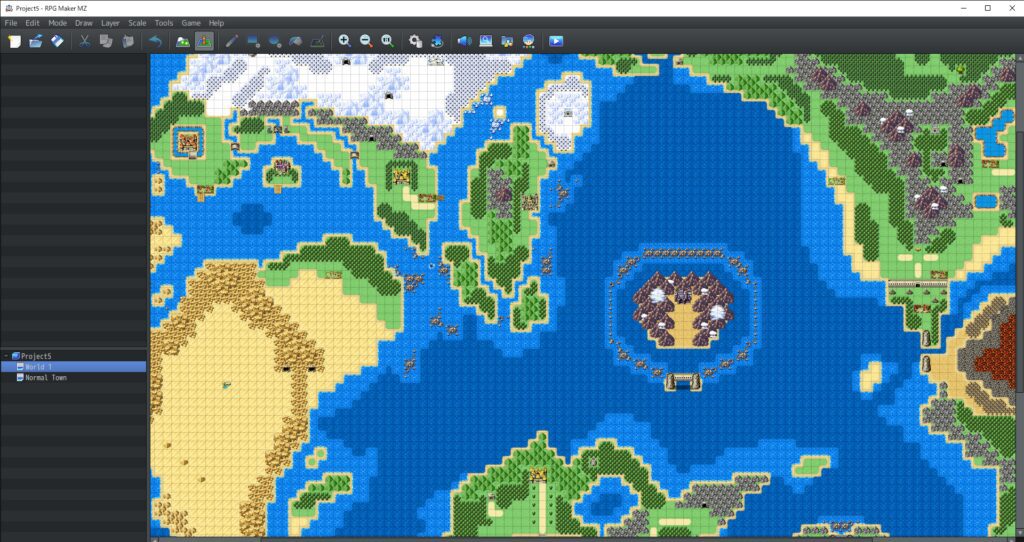GameMaker Studio is a drag-and-drop game development tool developed by YoYo Games. It enables developers to create games without having to write any code. However, it also comes with a powerful scripting language known as GML that can be used to develop complex game mechanics, AI, and other features. GameMaker Studio supports multiple platforms, including Windows, Mac, iOS, and Android. The platform offers a comprehensive set of features for game development, including drag-and-drop interface, GML, asset management, animation editor, room editor, physics engine, and sound and music editor. It is a popular choice for indie game developers.
Exploring GameMaker Studio: A Look into Developing Games with GameMaker
Introduction
Game development has come a long way since its early days of ASCII art and rudimentary gameplay mechanics. Today, games are a multi-billion dollar industry, with major titles featuring stunning graphics, complex storylines, and innovative gameplay. However, the process of creating a game is still complex and challenging.
One tool that has become increasingly popular with independent game developers is GameMaker Studio. This platform offers a user-friendly, drag-and-drop interface for creating games, as well as a powerful scripting language for more advanced functionality. In this article, we’ll take a closer look at GameMaker Studio, including how it works and what features it offers.
What is GameMaker Studio?
GameMaker Studio is a game development tool created by YoYo Games. It was first released in 1999 as a tool for creating 2D games, and has since evolved into a powerful platform for creating games for a range of platforms, including Windows, Mac, and mobile devices.
One of the most notable features of GameMaker Studio is its drag-and-drop game creation interface. This allows users to create games without needing to write any code. Users can simply drag and drop elements like sprites, backgrounds, and sound effects onto the game canvas, and use the platform’s built-in editors to customize them.
However, GameMaker Studio also offers a powerful scripting language known as GML (GameMaker Language). GML allows developers to create more complex game mechanics, AI, and other features that aren’t possible with the drag-and-drop interface alone.
How Does GameMaker Studio Work?
GameMaker Studio works by using a combination of drag-and-drop elements and code. Users can create games by dragging and dropping elements like sprites, backgrounds, and sound effects onto the game canvas, and using the platform’s built-in editors to customize them.
To create more advanced game mechanics, users can use GML (GameMaker Language) to write custom code. GML is a programming language that is similar to other languages like C++ and Java, but with its own unique syntax and features. GML code can be used to create game mechanics like enemy AI, physics simulations, and more.
One of the key advantages of GameMaker Studio is that it supports a wide range of platforms. Developers can create games for Windows, Mac, iOS, Android, and other platforms using the same development tools and codebase. This makes it a popular choice for indie game developers who want to create games for multiple platforms.
Features of GameMaker Studio
GameMaker Studio offers a range of features for game developers, including:
Drag-and-Drop Interface:
As mentioned earlier, GameMaker Studio’s drag-and-drop interface allows developers to create games without needing to write any code. This makes it a great choice for beginners who are just getting started with game development.
GML:
For more advanced game mechanics, GML (GameMaker Language) provides a powerful scripting language that can be used to create more complex game mechanics and AI.
Asset Management:
GameMaker Studio includes built-in asset management features that make it easy to manage and organize game assets like sprites, backgrounds, and sound effects.
Animation Editor:
GameMaker Studio includes a built-in animation editor that allows developers to create animations for game elements like characters and enemies.
Room Editor:
The room editor in GameMaker Studio allows developers to create levels and game environments, including setting up collision detection and other physics mechanics.
Physics Engine:
GameMaker Studio includes a built-in physics engine that can be used to create realistic physics simulations for game mechanics like platformers and physics-based puzzles.
Sound and Music Editor:
The sound and music editor in GameMaker Studio allows developers to import and edit sound effects and music tracks for their games.
Conclusion
Game development can be a complex and challenging process, but tools like GameMaker Studio make it easier for developers to create games. With its intuitive drag-and-drop interface and powerful scripting language, GameMaker Studio offers a comprehensive set of features for game development for a range of platforms.
Whether you’re a beginner who is just getting started with game development, or an experienced developer who wants a streamlined tool for creating games, GameMaker Studio is an excellent choice. With its robust feature set and intuitive interface, it offers a powerful toolset for creating games that are both engaging and enjoyable.
